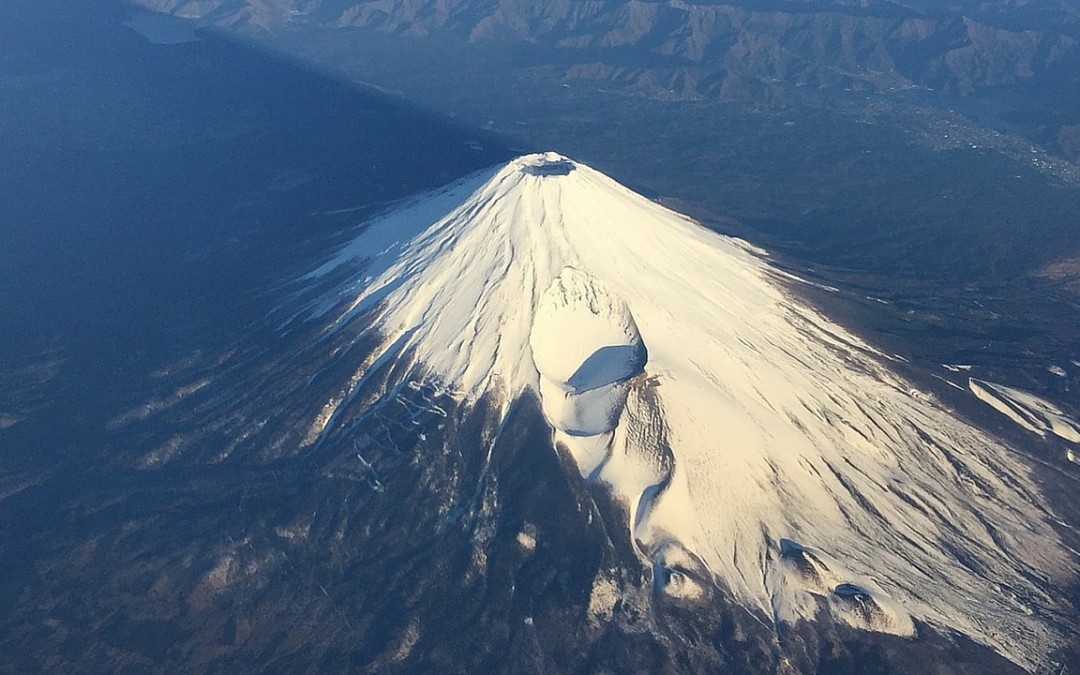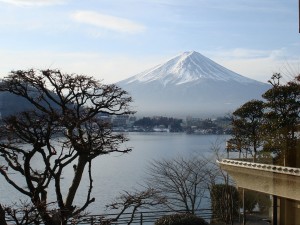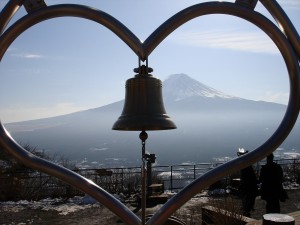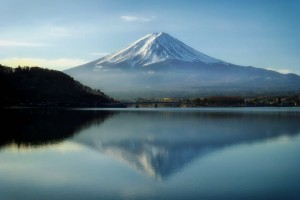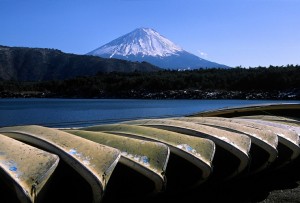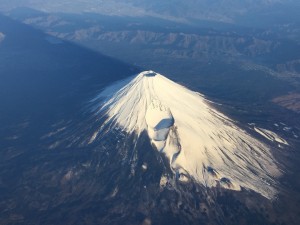From the three active volcanoes that could go off at any moment, to Suicide Forest at the base of the mountain. This is a list of 5 Exotic Mount Fuji Facts.

Volcano
Mount Fuji isn’t just a mountain, it’s also an active volcano that hasn’t erupted for over 300 years, in the year 1707, Japan. The eruption was so huge it lasted from 1707 to the beginning of the year 1708. Located near the pacific coast of central Honshu, west of Tokyo, mount Fuji is actually a collection of three different volcanoes that make up one mountain. Komitake being the smallest, Kofuji being in the middle, and Fuji at the top. Although it’s a volcano the temperatures can get extremely cold, the top of the mountain is freezing 35 degrees Celsius. Although it may be freezing, and over 300 years since the last one, there is a possibility that the mountain may erupt again, which would spell disaster for the nearby inhabitants, and anyone climbing it at the time would have no chance of escape, fortunately the likelihood of this id quite low so don’t be afraid to climb it.

Are you Even Allowed to Climb it?
Some conditions have to be met otherwise you will not be allowed to even climb the mountain, and in the past the conditions were a lot stricter. There are only two months in the year you are allowed to climb mount Fuji, those months being July, and August. Also you’d best to only climb t if it’s your first time, as climbing it twice is seen as bad luck. Lastly although this condition doesn’t apply now, until the year 1868 you wouldn’t have been allowed to climb the mountain if you were a women. Which seems like a bizarre rule, but thankfully it’s no longer in place.

A Holy Mountain
The first person to climb it was a mysterious, unknown, Buddhist monk. The mountain has always been a sacred site, and a symbol of cultural significance. It’s sanctity is the main reason women weren’t allowed to climb it. But in 1869 Lady Fanny Parks made her way up the mountain and became the first women to reach the summit. Mount Fuji is one the famous Three Holy Mountains in Japan, made up of Fuji and it’s counterparts, Mount Tate, and Mount Haku. Mount Fuji is home to several religious shrines, and there even used to be a cult called the Fuji-Ko cult which worshipped the volcanoes, Mount Fuji in particular. The shrine is the Asama shrine of which there are about 1300 in Japan, and they can all be seen from the Mountain.

What the hell is it called?
Of course the mountain is called Mount Fuji, but what the hell does that mean? Literally t means wealth or abundance. This is the current Kanji for Mount Fuji but the name pre-dates Kanji, and these definitions were selected because the pronunciations match the syllables of the name but the definitions of those words have nothing to do with the actual mountain. Writing from as early as the 10th century claims that the name is a combination of the words for immortal, abundant, and soldier. Old folk tales claim it means without equal. A scholar from the Edo period claims it means a “a mountain standing up shapely as an ear (穂 ho?) of a rice plant”. A British missionary named Bob Chiggleson said it means fire, but a Japanese linguist told him it was couldn’t be that at all, and a toponymist claimed that it means rainbow, but it the end it’s clear that nobody has a clue.

Haunted Suicide Forest
Aokigahara, commonly known as suicide forest or sea of trees, is a incredibly dense forest famous for two reasons. The ghosts that haunt it, and the enormous amount of suicides taken place there. The ghosts, also known as Yurei in Japanese, are the angry spirits of those who have died. Not only are they the ghosts of suicide victims but also the victims of Ubasute. Ubasute is the act of taking your elderly parent or carer into the woods, mountain or other desolate area, and leaving them to die slowly. However horrible it seems this act was committed when people had no other choice due to famine, or poverty. Suicide forest was supposedly a common spot for Ubasute, and it may have even been mandated by feudal lords.

